2,000-year-old ledger found in City of David points to widespread 2nd Temple literacy
Discovered near Pilgrimage Path, inscribed chalkstone slab that appears to be ossuary maker’s accounting record adds to physical evidence of ancient Jerusalem shuk in lower city
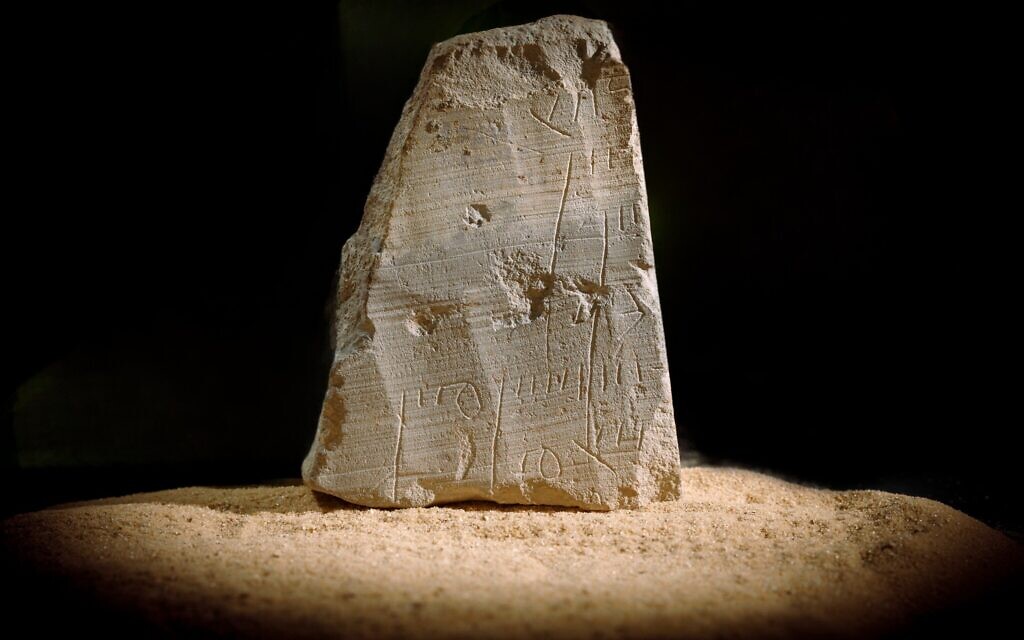 The 2,000-year-old inscription bearing the financial record discovered near ancient Jerusalem's Pilgrimage Path. (Eliyahu Yanai, City of David)
The 2,000-year-old inscription bearing the financial record discovered near ancient Jerusalem's Pilgrimage Path. (Eliyahu Yanai, City of David)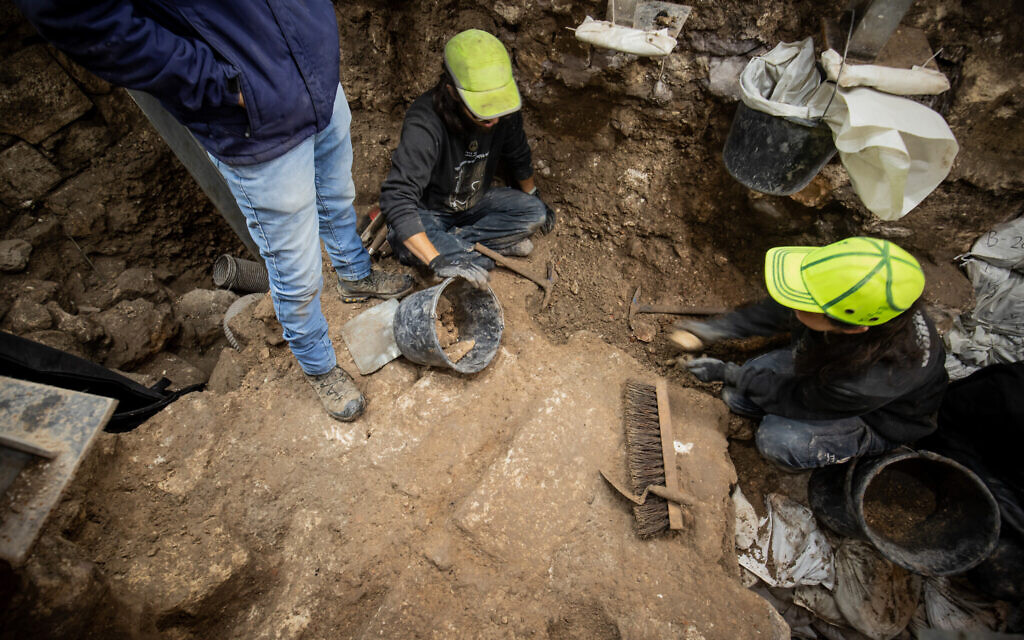 Excavations in ancient Jerusalem's Pilgrimage Path. (Eliyahu Yanai, City of David)
Excavations in ancient Jerusalem's Pilgrimage Path. (Eliyahu Yanai, City of David)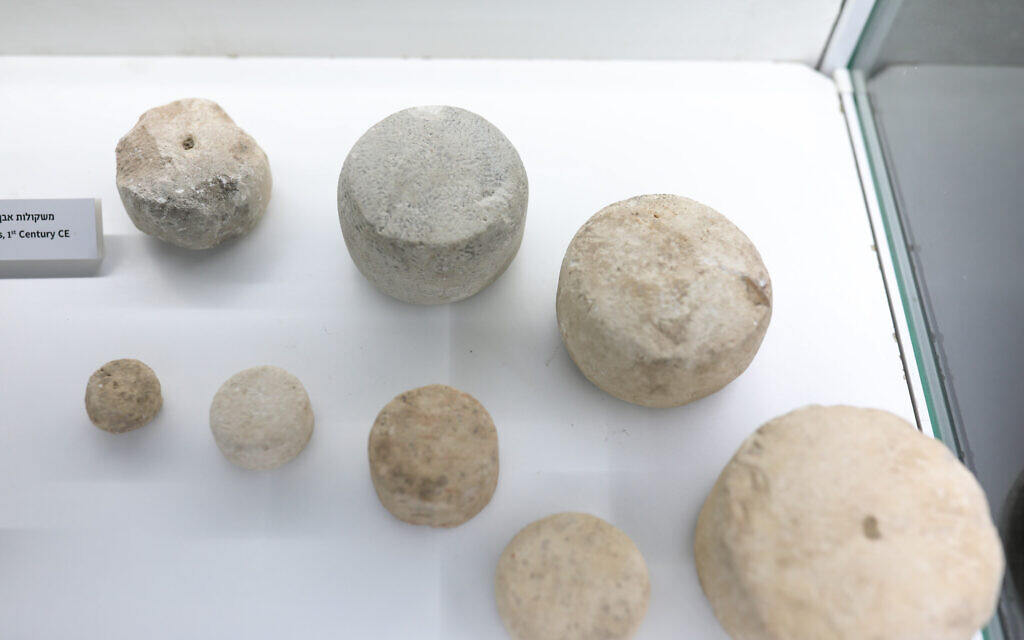 Stone weights discovered on the Pilgrimage Path. The inscription joins these findings attesting to the commercial nature of the area. (Tomer Avital)
Stone weights discovered on the Pilgrimage Path. The inscription joins these findings attesting to the commercial nature of the area. (Tomer Avital)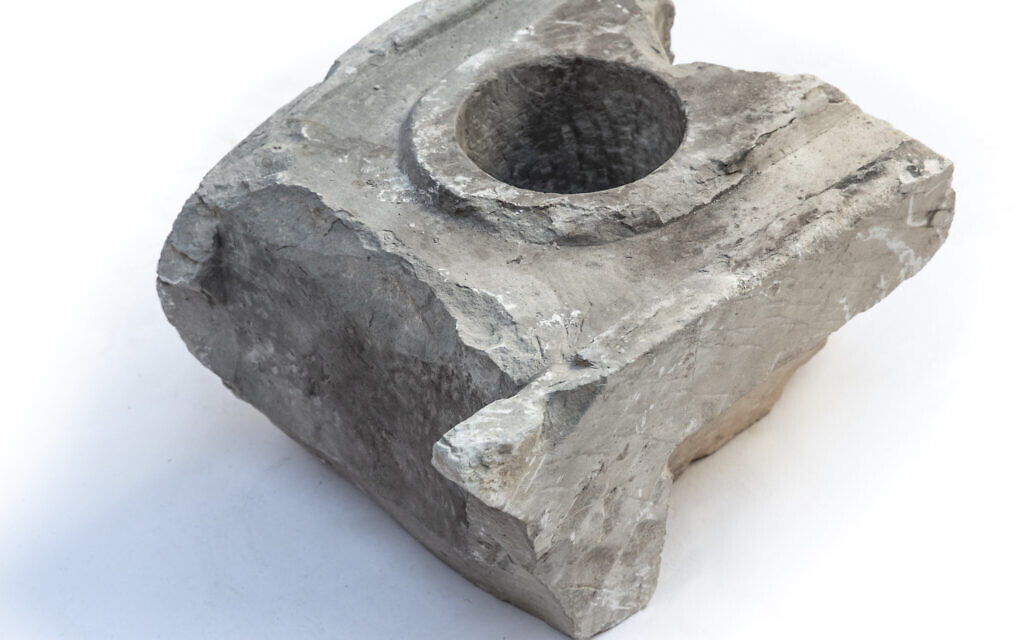 A 'standard of volumes' table discovered on the Pilgrimage Path. (Kobi Harati, City of David Archives)
A 'standard of volumes' table discovered on the Pilgrimage Path. (Kobi Harati, City of David Archives)
A broken chalkstone inscribed with seven rows of mundane text sheds new light on who could read and write 2,000 years ago in ancient Jerusalem. Discovered during excavations of the City of David’s Pilgrimage Path, the partial inscription appears to be a merchant’s accounting record that lists names, measures and numbers.
The thought-provoking glimpse at ancient Jerusalem daily life was published in the recent edition of the journal ‘Atiqot by Nahshon Szanton, the Israel Antiquities Authority’s excavation director, with Bar Ilan University epigrapher Prof. Esther Eshel.
“The more we find inscriptions from daily life — versus monumental, state-sponsored texts — the more I think that there were many who knew to read and write during this period, especially simple instructions such as found in this inscription,” Eshel told The Times of Israel on Wednesday.
The few words were carved in a simple cursive script using a sharp tool such as a nail into a flat chalkstone slab that was likely taken from an ossuary lid. It is written in a recognized formulaic pattern for similar ledgers. For example, one of the more complete lines includes the final letters of the name “Shimon” — a popular Second Temple name — followed by the Hebrew letter mem, which stands for a measure or economic value.
In other legible lines are letters or symbols representing numbers and measures, including mem, an abbreviation of ma’ot (Hebrew for “money”), and the letter resh, an abbreviation of reva’im (Hebrew for “quarters”).
“It’s an example that doesn’t make you say wow,” archaeologist Szanton told The Times of Israel. “But its worth is precisely in its simplicity. It’s a minute taken from daily life. There’s no monument to what happened on a day-to-day basis.”
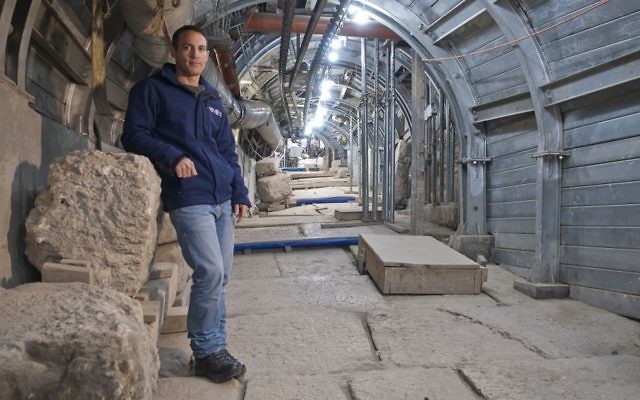
There is no way of knowing who wrote the ledger and for whom; the people involved would have understood, said Eshel. Maybe it was an ossuary salesman who took a broken lid from storage, guessed Szanton. Maybe he recorded payments made or owed to his workers, hypothesized Eshel.
The inscription was discovered in earth discarded during late-19th century tunneling by Palestinian Exploration Fund excavators Frederick Jones Bliss and Archibald Campbell Dickie. It was originally overlooked in buckets of dirt that were taken out by the pair while they excavated a tunnel in extremely cramped quarters, often less than a shoulder’s width, by the light of lamps, said Szanton, who manages a much more high-tech excavation today.
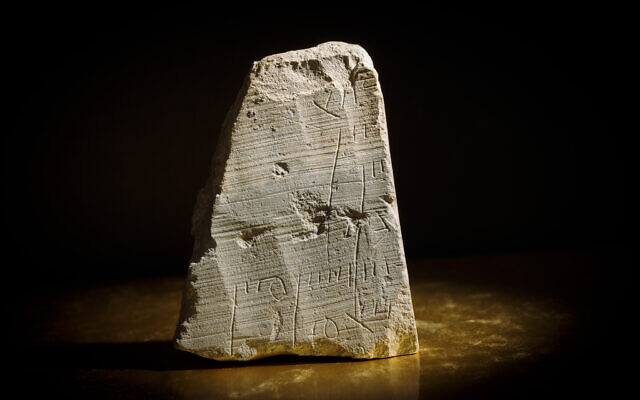
Although the stone is broken, it joins other examples of inscribed ossuary lids that were discovered dating to the same time range that Eshel dates the letters to based on their shape — from the first century BCE to the first century CE. It is, however, the first of its kind that was discovered within the confines of ancient Jerusalem.
The ledger joins other evidence of commerce surrounding a lower Jerusalem city square along the 600-meter road taken by Jewish pilgrims heading to the Temple Mount from the Siloam Pool. Also discovered in the area are commercial weights and an administrator’s standards table.
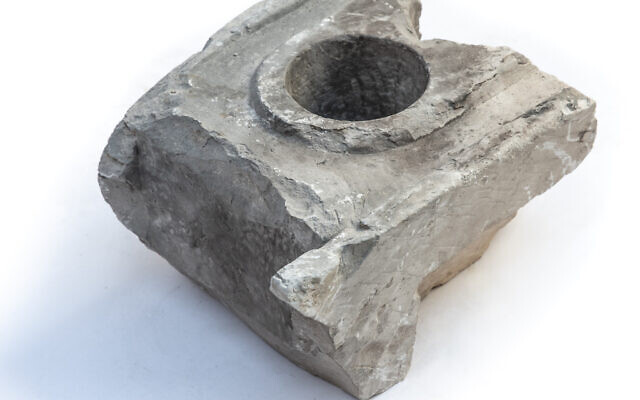
While the ledger wasn’t found in situ in a scientific excavation, Szanton said that its likely origin abuts a street square where archaeologists believe there was a commerce market, “like there is in every square in the ancient period,” he said.
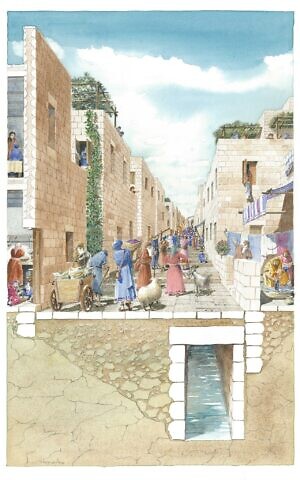
Ancient Jewish historian Josephus Flavius describes an upper city market, closer to the Temple Mount. However, Szanton is convinced there was also one in the lower city — closer to the pool — where this inscription was found.
“Since we don’t have a sign stating, ‘here is the town market,’ every item adds its own information,” he said.
The recent edition of the ‘Atiqot journal titled “The Ancient Written Wor(l)d” focuses on writing in the ancient world from the Iron Age to the Ottoman period. An editorial preface to the edition reads, “Text-bearing artifacts are among the most intriguing and exciting finds in the field of archaeology… words always open a window onto the past.”
Eshel, laughing, said that while this inscription is “not the most important thing in the world, it’s another way that the past is sending its regards.”
There's no paywall on The Times of Israel, but the journalism we do is costly. As an independent news organization, we are in no way influenced by political or business interests. We rely on readers like you to support our fact-based coverage of Israel and the Jewish world. If you appreciate the integrity of this type of journalism, please join the ToI Community.

We’re really pleased that you’ve read X Times of Israel articles in the past month.
That’s why we started the Times of Israel eleven years ago - to provide discerning readers like you with must-read coverage of Israel and the Jewish world.
So now we have a request. Unlike other news outlets, we haven’t put up a paywall. But as the journalism we do is costly, we invite readers for whom The Times of Israel has become important to help support our work by joining The Times of Israel Community.
For as little as $6 a month you can help support our quality journalism while enjoying The Times of Israel AD-FREE, as well as accessing exclusive content available only to Times of Israel Community members.
Thank you,
David Horovitz, Founding Editor of The Times of Israel








